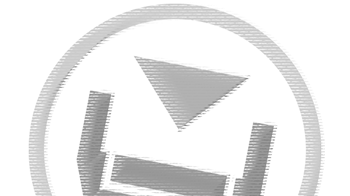How to Organize Taxes: Documents to File
What is the most stressful time of the year? For a lot of people, the answer is the same every year: tax season. Taxes are stressful for a million reasons. You may owe money on your taxes, or the government may think you do. You are dealing with bureaucracy, and bureaucrats are seldom organized. And […]
What is the most stressful time of the year? For a lot of people, the answer is the same every year: tax season. Taxes are stressful for a million reasons. You may owe money on your taxes, or the government may think you do. You are dealing with bureaucracy, and bureaucrats are seldom organized. And then there is your own personal bureaucracy. Are you organized? Or do you pull your hair out searching frantically for your tax documents each year?
When it comes to getting organized for taxes, the most important thing you can do throughout the year is file the right documents. It is not just a matter of saving the right documents, but also sorting them so you can reference exactly what you need when you need it.
What documents are important for you to keep?
• Tax documents provided to you by PayPal and other payment providers
• Receipts from all of your purchases
• Documents where you are tracking your income
• Documents where you are tracking specific business expenses (advertising fees and so on)
• Paperwork pertaining to contractors
• Confirmation numbers for estimated taxes paid
• Insurance paperwork and medical documentation
• Depreciation data
• Paperwork relevant to any expense which may be deductible, i.e. ongoing education costs
• Tax records and forms from recent years
There is no single way to organize your tax documents and get ready for tax season, but one easy solution is to use plastic storage boxes for documents.
You will need to come up with categories and subcategories which make sense to you. You can use the bins for the major categories, and then use filing folders for subcategories inside each bin.
So for example:
• Bin #1: This year’s cashier receipts
• Bin #2: Income-related records
• Bin #3: Expense-related records
• Bin #4: Previous tax year data
• Bin #5: Miscellaneous paperwork
You can then have folders in each. Like in Bin #3, you could have the following:
• Automotive paperwork
• Home repair and depreciation information
• Travel records
• Medical and insurance records
• Utilities data
• Education records
• Shipping expenses
• Contractor documentation
• Records of donations
What divides this from the “receipts” containers? I suggest using that bin to collect receipts for other expenses which are less likely to play a direct role in your tax preparation (i.e. food receipts). This is smart to keep for general accounting purposes, and you never know—some of it may still occasionally come in handy during tax season.
The trick with making a system like this work is to stay organized throughout the year. You cannot wait to file everything until the end. Filing daily is the best strategy for keeping up with it all. So long as you keep the plastic-bins somewhere convenient, sorting your receipts and documents as they come in should be no problem. When January rolls around next year, you will be grateful you made the effort. It will make your tax preparation a lot easier, and it might prevent you from making mistakes on your return as well!


Comments are closed.